Tailoring our deliverables
Singapore, 14th April 2014
The risk we have as a small practice with multiple projects is that you can easily fall into repetition. Deadlines are here to stay so when under time pressure there is always that recourse to “cut and paste” from previous projects with near similar requirements. I have been submerged into some tender documentation for one of our projects, but while it bears a lot of resemblance to another recent project I needed to meticulously comb through the document bit by bit to make sure the contents was project specific and certain technical requirements were properly tailored to the demands of this project.
When you are in a rush, you easily fall in complacency and it wouldn’t be the first time we refer to requirements, conditions or standards that relate to say India while the document is actually meant for a project in Malaysia or Australia for the matter. The interesting part is that you may read sections several times and still when you re-read it much later on (often after you have already sent it to your client) you still see blatant errors! It seems that we are at times visually impaired even with full brain presence!
As it happened over the weekend I read an article that claimed that what you see is probably what you saw up to 15 seconds ago! Researchers from the Concordia University in Montreal published their study in an online forum called Nature Neuroscience. It seems that our brain performs “visual smoothing” to create a more stable view of our environment. Our eyes are bombarded continuously with a cacophony of visual information. Millions of colours, shapes and ever changing motions, yet you can easily absorb and “see” things. What the brain apparently does is taking a snapshot averaged over a certain time, which according to the researchers can add up to about 15 seconds! This means is that what you actually see is a time-averaged composition of the past and now, sacrificing some accuracy in the process. I am quite sure that we miss certain things this way on top of the fact that we at times psychologically condition ourselves not to see things. How can it be there if we believe it isn’t…I heard that it is one of the reasons proof readers are taught to read backwards… 🙂
Light Watch 5-60: Probably the most dominant laws of perception are the Gestalt Laws developed in the Bauhaus period in Germany…we make use of it in our lighting design on a daily basis!

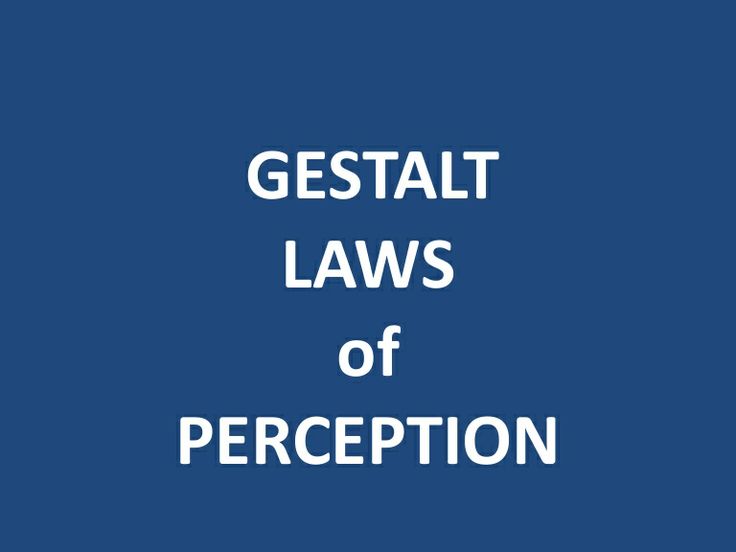
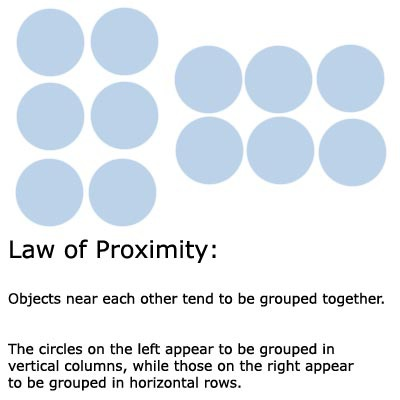
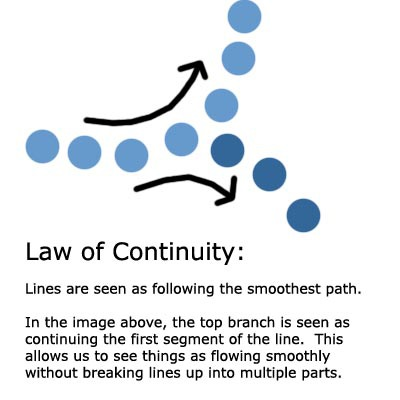

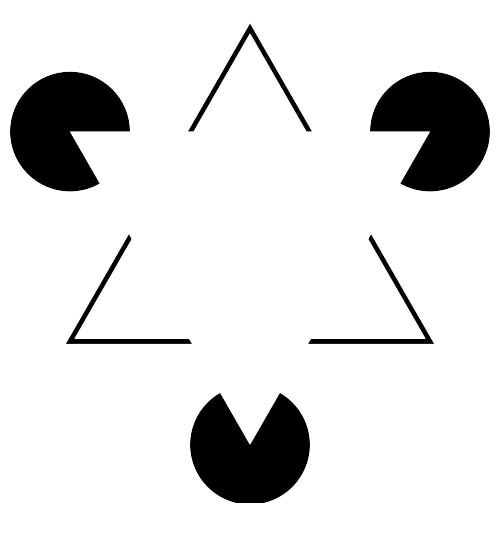
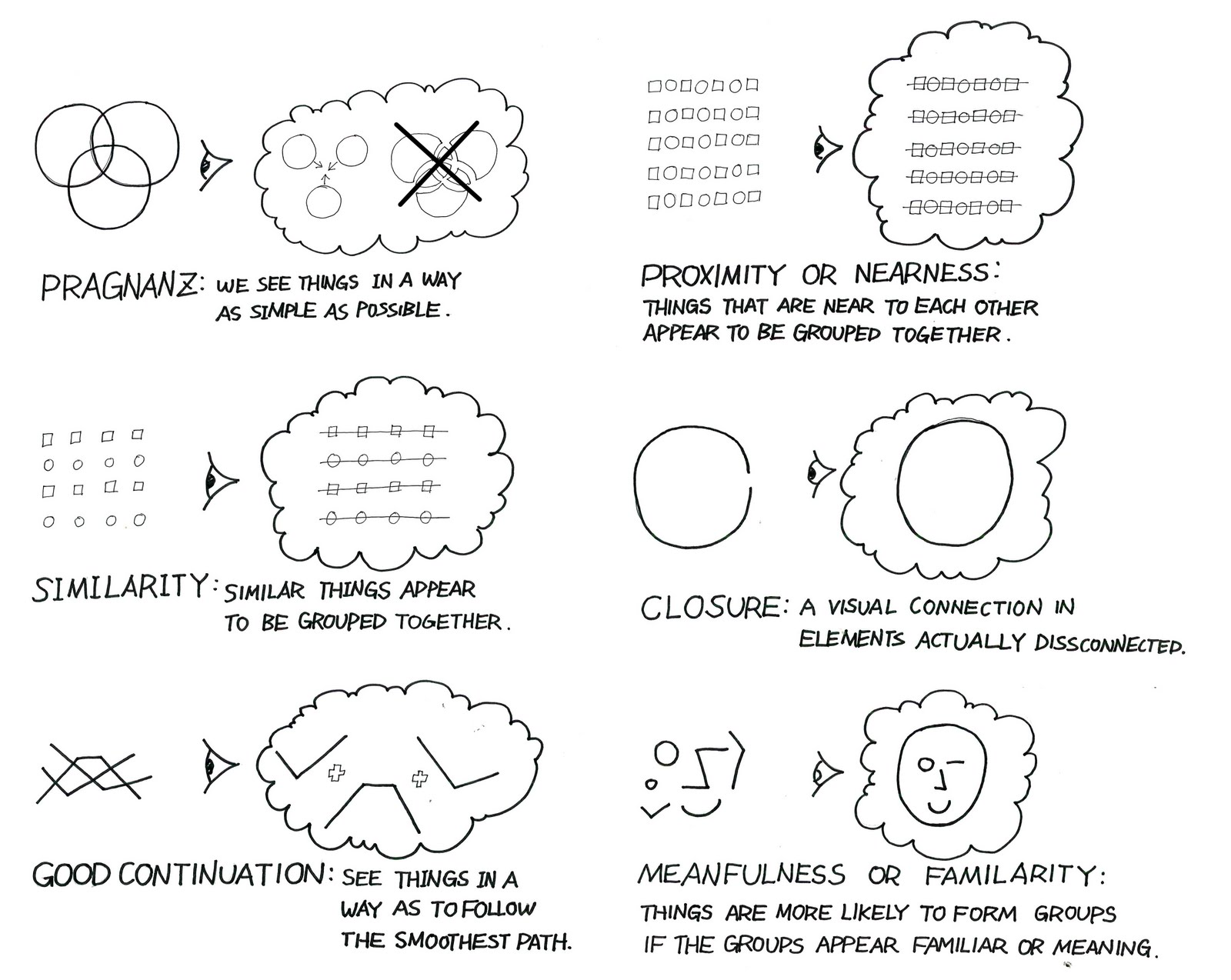
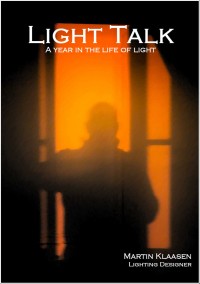 The long awaited book compilation of Martin's first year of blogging is available. Order now.
The long awaited book compilation of Martin's first year of blogging is available. Order now. Feedspot Top 100 Lighting Blogs
Feedspot Top 100 Lighting Blogs